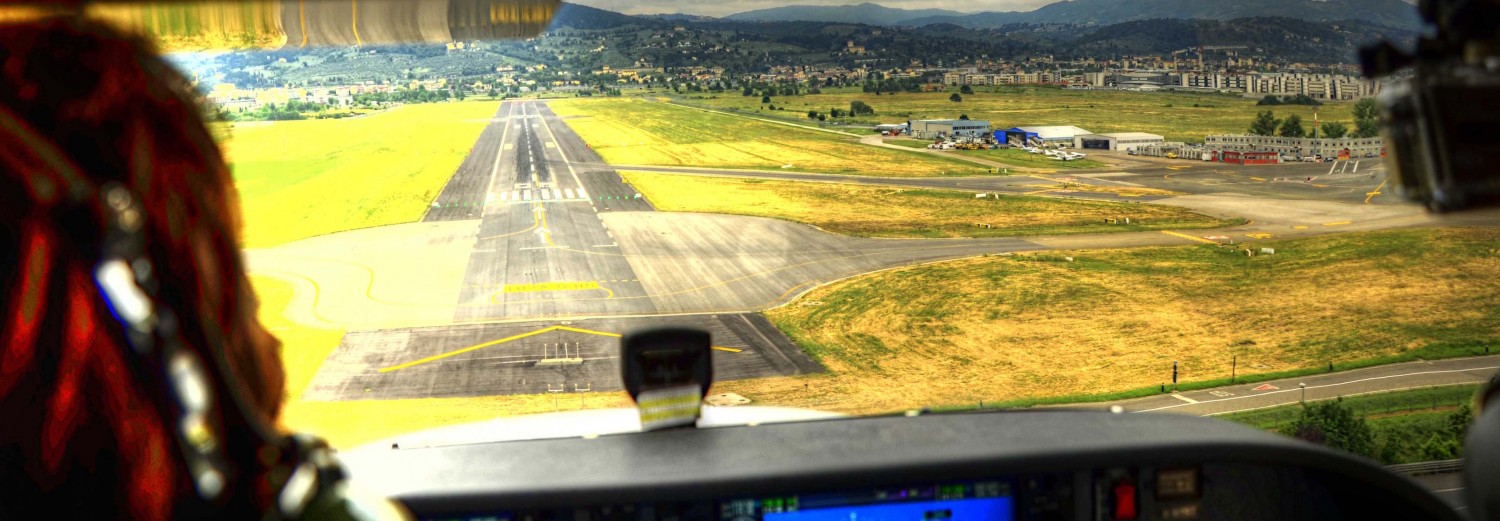
[…]
With the exception of loss of basic aircraft control, inadvertent or unauthorized flight from visual to instrumental conditions accounts for more general aviation accidents than any other cause. If this judgmental error can be reduced, the impact on general aviation safety would be dramatic. Judgment sits at the pinnacle of the airmanship model, so the root causes of these fatal errors may be varied and come from multiple sources. The chances of a non-instrument pilot surviving an encounter with the weather are not good. A study commissioned by AOPA, through the collaboration of 20 non-instrumented pilots with between 31 and 1625 hours of flight time, was asked them to fly straight and level, just looking at the instruments; 19 subjects placed the aircraft in a “graveyard spiral” on the first attempt to fly instrumental, 2o subjects pulled the aircraft into a whipstall attitude. Minimum time to reach the incipient dangerous attitude was 20 seconds; maximum time was 8 minutes.
Based on extensive research, the NTSB has compiled a composite picture of the general aviation who is likely to have a fatal weather-related accident:
-the pilot on the day of the accident received an adequate preflight weather briefing, most likely over the telephone. The information was “substantially correct” nearly 3/4 of the time. The weather conditions encountered were “considerably worse” than forecast only about 5% of the time.
-the pilot was making a pleasure flight.
-the pilot had a private pilot certificate, but was not instrument rated.
-the pilot was relatively inexperienced, and typically had between 100 and 299 hours of flight time.
-the pilot was typically not proficient in the previous 90 days.
-the accident occurred during daylight hours, with the pilot flying from visual into instrument conditions either intentionally or inadvertently.
-the pilot had some instructional instrument time, typically between 1 and 19 hours under the hood with an instructor.
-the pilot did not file a flight plan.
-the pilot was accompanied by at least one passenger.
(to be continued)

A parte la perdita di controllo dell’aereo, la causa maggiore di incidenti nell’aviazione generale riguarda il volo che inavvertitamente e senza autorizzazione passa da volo a vista a volo strumentale. Se questo errore di valutazione venisse eliminato, l’impatto nell’aviazione generale sarebbe determinante. Del resto la capacità di valutazione è uno dei capisaldi dell’airmanship. La natura di questo errore può essere vario e provenire da molte fonti. Le probabilità che un pilota senza abilitazione al volo strumentale sopravviva ad un incontro col maltempo non sono alte. Da uno studio commissionato dalla AOPA, attraverso la collaborazione di 20 piloti senza abilitazione con un minimo di 31 ad un massimo di 1625 ore all’attivo, fu chiesto di condurre l’aereo semplicemente livellato e senza cambio di rotta guardando solo gli strumenti; 19 soggetti entrarono in vite al primo tentativo, il ventesimo pervenne allo stesso risultato dopo aver assunto un assetto quasi verticale. Il minimo del tempo impiegato fu di 20 secondi, il massimo 8 minuti.
Basandosi su innumerevoli ricerche, la NTSB ha compilato un profilo composito del pilota di aviazione generale che è potenzialmente a rischio di un incidente dovuto ad un incontro con il cattivo tempo:
-il pilota il giorno dell’incidente ricevette un adeguato briefing meteo attraverso una telefonata. L’informazione era sostanzialmente corretta per 3/4 del tempo di volo. Le condizioni meteo incontrate erano considerevolmente peggiori rispetto a quelle previste per il solo 5% del tempo totale.
-il pilota stava volando per diletto.
-il pilota aveva un abilitazione al volo a vista ma non al volo strumentale.
-il pilota era relativamente inesperto con all’attivo tra le 100 e le 299 ore.
-il pilota non era proficient nei 90 giorni precedenti.
-l’incidente occorse durante le ore del giorno con il pilota che passò da una condizione di volo a vista a una di volo strumentale intenzionalmente o inavvertitamente.
-il pilota aveva avuto alcune ore di addestramento al volo strumentale, tipicamente dalle 1 alle 19 ore.
-il pilota non aveva compilato un piano di volo.
-il pilota era accompagnato da almeno un passeggero.
2000 piedi di separazione sulle zone montane

